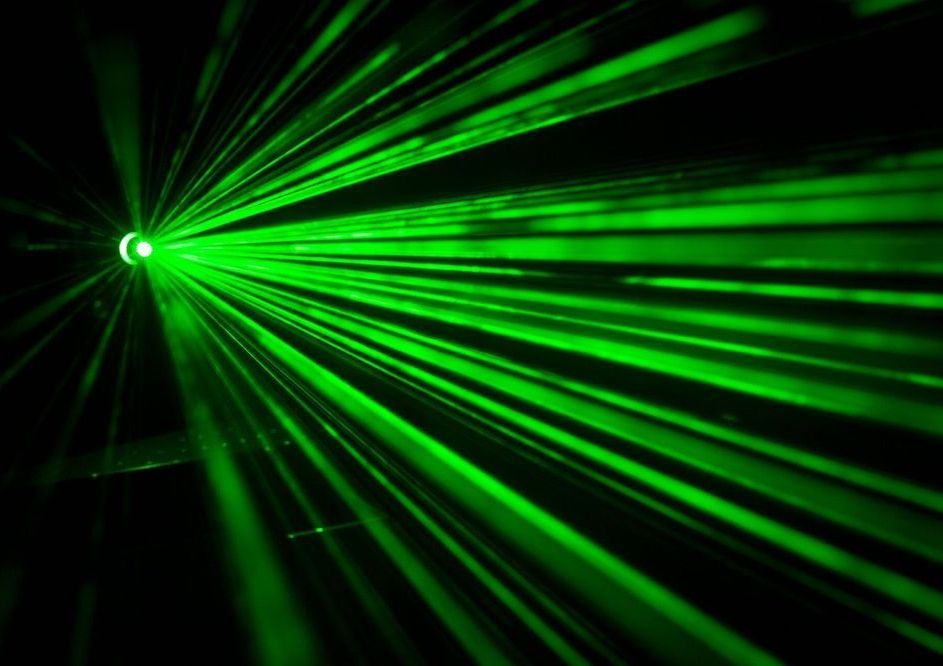A team of researchers affiliated with several institutions in Spain and the U.S. has announced that they have discovered a new property of light—self-torque. In their paper published in the journal Science, the group describes how they happened to spot the new property and possible uses for it.
Scientists have long known about such properties of light as wavelength. More recently, researchers have found that light can also be twisted, a property called angular momentum. Beams with highly structured angular momentum are said to have orbital angular momentum (OAM), and are called vortex beams. They appear as a helix surrounding a common center, and when they strike a flat surface, they appear as doughnut-shaped. In this new effort, the researchers were working with OAM beams when they found the light behaving in a way that had never been seen before.
The experiments involved firing two lasers at a cloud of argon gas—doing so forced the beams to overlap, and they joined and were emitted as a single beam from the other side of the argon cloud. The result was a type of vortex beam. The researchers then wondered what would happen if the lasers had different orbital angular momentum and if they were slightly out of sync. This resulted in a beam that looked like a corkscrew with a gradually changing twist. And when the beam struck a flat surface, it looked like a crescent moon. The researchers noted that looked at another way, a single photon at the front of the beam was orbiting around its center more slowly than a photon at the back of the beam. The researchers promptly dubbed the new property self-torque—and not only is it a newly discovered property of light, it is also one that has never even been predicted.


















